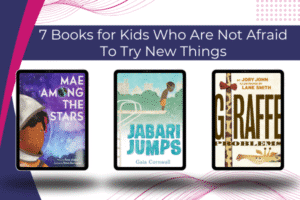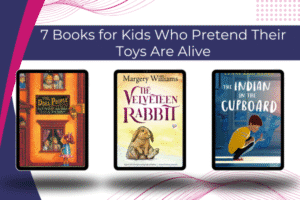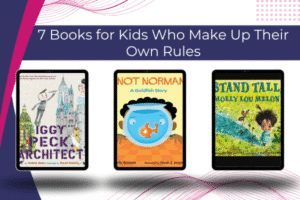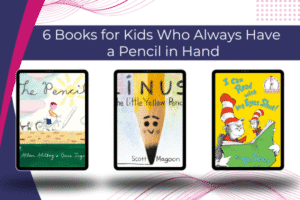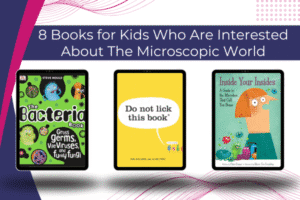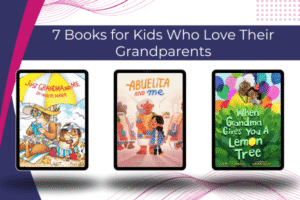This is about why learning vowels matters. Hey there, parents! Are you ready for a journey into the world of learning that’s as fun as it is fundamental? Today, we’re diving into the importance of teaching your little ones all about vowels and their sounds. Now, I know you might be thinking, “Learning vowels, really?” But trust me, these little letters are the superheroes of language learning.
1. Building the Foundation
Learning vowels (A, E, I, O, U) as the building blocks of reading and writing. Just like a house needs a strong foundation, reading and writing require a solid grasp of these essential sounds. When kids master vowels early on, they’re laying the groundwork for a lifetime of language skills. It’s like creating a sturdy base for their language house!
Example: When kids know that “A” says “ah” and “E” says “eh,” they can start building words like “cat” and “bed.”
2. Reading Rockets
Vowels are like the rocket fuel for reading. They help kids decode words and understand the flow of language. When kids can identify vowels, it’s like giving them the keys to unlock countless stories and adventures.
Example: Knowing that “I” says “eye” allows kids to read “bike” and “kite” and imagine soaring through the sky.
3. Express Yourself
Learning vowel sounds helps kids express themselves better. They can communicate their thoughts and feelings more clearly. And let’s face it, as parents, it’s a huge win when your child can articulate their needs and emotions.
Example: When kids say, “I feel sad,” they’re using their vowel-powered language skills to share their emotions.
4. Spelling Stars
Want your little one to become a spelling champ? Understanding vowels is key. Once they know the vowel sounds, they can tackle those tricky spelling tests with confidence.
Example: Knowing that “O” says “oh” and “U” says “uh” helps kids spell words like “go” and “cup” correctly.
5. A World of Words
Vowels open the door to a world of words. As kids master these sounds, they can unlock new vocabulary. They’ll be exploring new words and their meanings in no time!
Example: When kids understand that “E” says “ee,” they can discover words like “tree” and “bee” and learn about nature.
6. Rhyme Time
Vowels make rhyming games a blast! Kids can create their own rhymes and poems, making language playtime a delightful experience.
Example: When kids know “A” says “ay,” they can come up with rhymes like “day,” “way,” and “play.”
7. Listening Skills
Understanding vowel sounds sharpens listening skills. Kids learn to distinguish between sounds, which is essential for understanding and following directions.
Example: When kids can identify the “I” sound in “sit” and “sip,” they’re honing their listening abilities.
8. Confidence Boost
When kids master vowels, their confidence in using language soars. They’re more eager to engage in conversations, write stories, and participate in class.
Example: Imagine your child proudly sharing a story they wrote, all thanks to their newfound confidence in vowel sounds.
9. Team Players
Vowels are team players. They work alongside consonants to create words and sentences. Understanding vowels helps kids see the bigger picture of language.
Example: When kids see “A” and “T” come together to make “at,” they’re witnessing the teamwork of vowels and consonants.
10. Lifelong Learning
Teaching your child about vowels is a gift that keeps on giving. These skills will continue to benefit them as they grow, learn, and explore the world.
Example: Your child’s ability to read, write, and express themselves will be a lifelong treasure, all thanks to mastering vowels.
That is why learning vowels matters for kids.
In a nutshell, teaching your kids about vowels is like giving them a superpower in the world of language. So, parents, let’s celebrate those A, E, I, O, U moments of learning, where every vowel sound is a step towards success.

